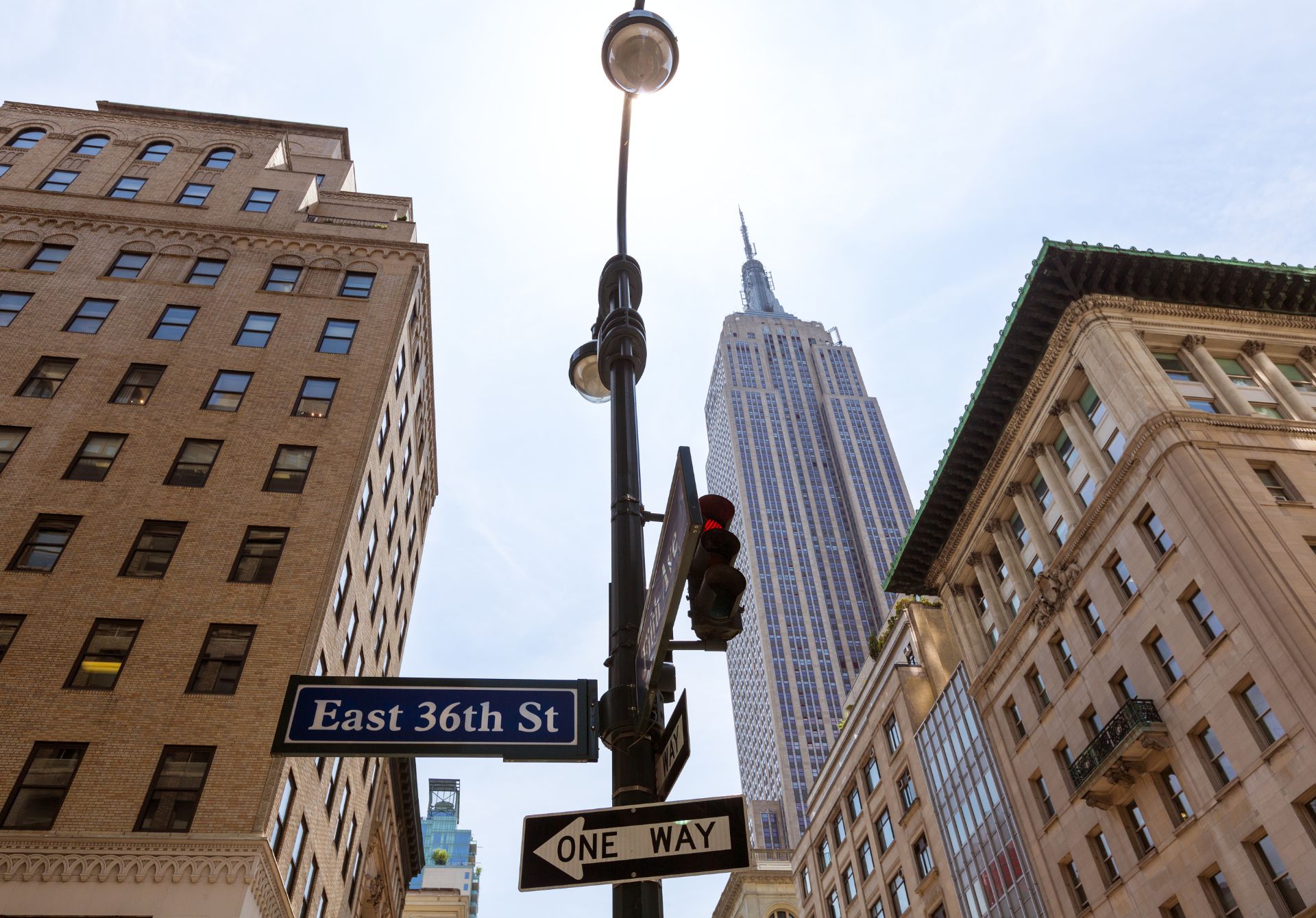Running through the heart of Manhattan, Fifth Avenue stands as one of the most famous streets in the world, embodying the essence of New York’s luxury, culture, and architectural magnificence. This iconic thoroughfare, stretching from Washington Square Park to Harlem, has evolved from a modest roadway into a globally recognized symbol of prestige and sophistication.
Historical Evolution
Fifth Avenue’s transformation began in the mid-1800s when wealthy industrialists like the Vanderbilts and Astors built their magnificent mansions along what became known as “Millionaire’s Row.” The avenue’s northern section, originally home to undeveloped land, gradually transformed into one of the most expensive residential districts in New York. By the early 20th century, luxury retailers began establishing themselves along the avenue, setting the stage for its eventual transformation into a world-renowned shopping destination.
Architectural Landmarks
The avenue boasts some of New York’s most iconic buildings. The Empire State Building, located at Fifth Avenue and 34th Street, has dominated the skyline since 1931. St. Patrick’s Cathedral, an architectural masterpiece of Neo-Gothic design, draws millions of visitors annually. The Guggenheim Museum, designed by Frank Lloyd Wright, represents one of the most significant architectural achievements of the 20th century with its distinctive spiral design.
Luxury Retail Paradise
The stretch between 49th and 60th Streets represents the epitome of luxury shopping. Flagship stores of prestigious brands like Cartier, Tiffany & Co., Louis Vuitton, and Saks Fifth Avenue have made this section of the avenue synonymous with high-end retail. The iconic Apple Store’s glass cube at 59th Street has become a tourist destination in its own right, demonstrating how modern retail architecture can enhance the avenue’s appeal.
Cultural Significance
Fifth Avenue serves as more than just a shopping destination. The stretch known as Museum Mile, running from 82nd to 105th Streets, houses some of the world’s most prestigious cultural institutions. The Metropolitan Museum of Art, the Neue Galerie, and the Cooper Hewitt Smithsonian Design Museum represent just a few of the cultural treasures found along this stretch. According to recent statistics, these museums collectively attract over 6 million visitors annually.
Notable Real Estate
Fifth Avenue consistently ranks among the world’s most expensive retail locations. As of 2023, average retail rents in the prime shopping district exceeded $2,000 per square foot. Residential properties along Fifth Avenue facing Central Park command some of the highest prices in the world, with apartments regularly selling for tens of millions of dollars. The Crown Building, at 730 Fifth Avenue, underwent a $1.1 billion conversion into ultra-luxury residences, demonstrating the continuing appeal of Fifth Avenue addresses.
Modern Challenges and Evolution
Like many retail destinations, Fifth Avenue faces challenges in the digital age. However, retailers have adapted by creating experiential stores that offer more than traditional shopping. The avenue has also embraced sustainability initiatives, with many buildings undergoing green renovations. The Fifth Avenue Association actively works to maintain the avenue’s position as a premier global destination through various improvement programs and events.
Fifth Avenue remains an enduring symbol of New York City’s vitality and ambition. Its evolution from a residential street to a global icon of luxury, culture, and commerce reflects the broader transformation of New York City itself. As it continues to adapt to changing times while preserving its historic character, Fifth Avenue stands as a testament to the enduring appeal of exceptional urban spaces. Whether viewed as a shopping destination, cultural corridor, or architectural showcase, Fifth Avenue continues to captivate visitors and New Yorkers alike, maintaining its status as one of the world’s most famous streets.
